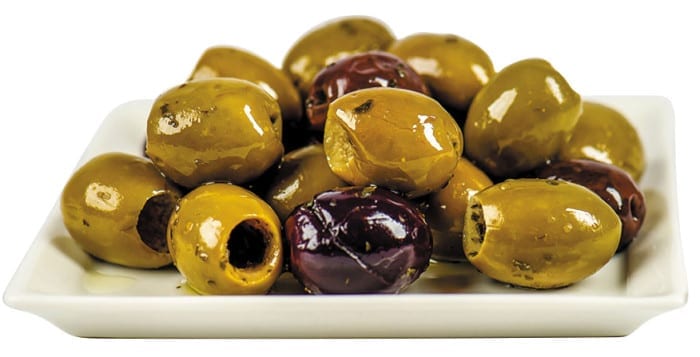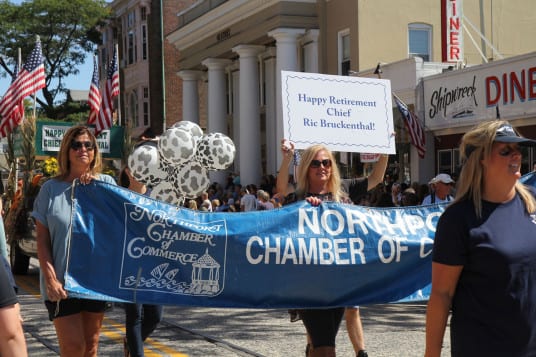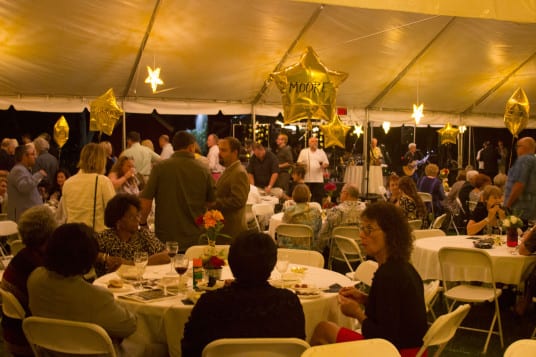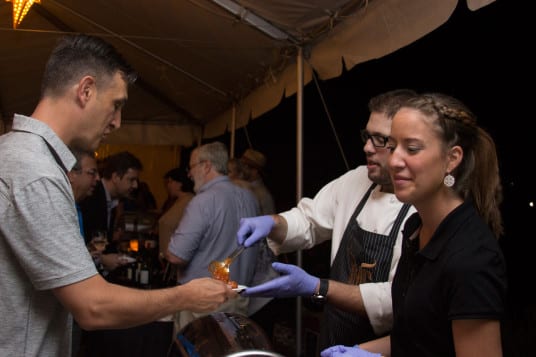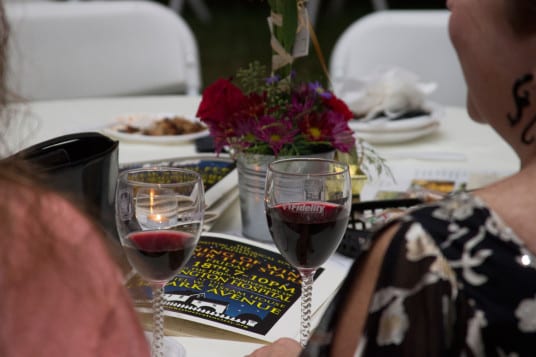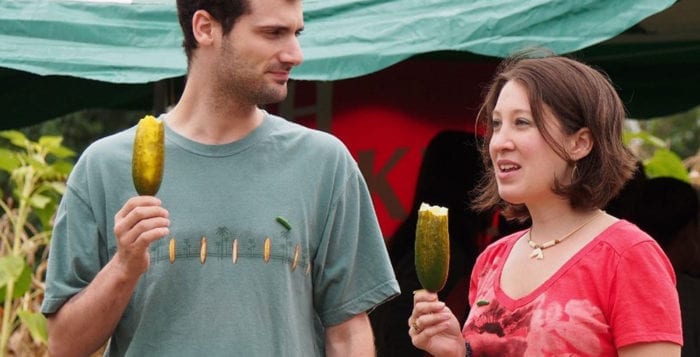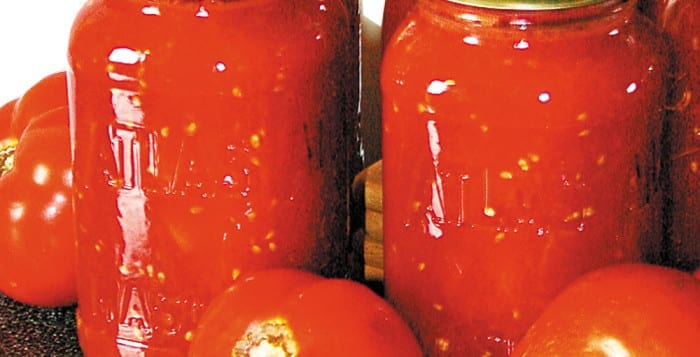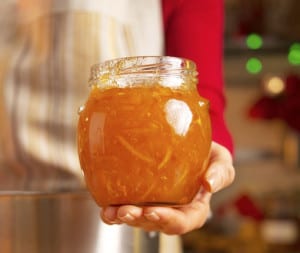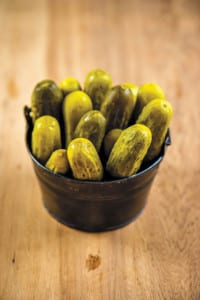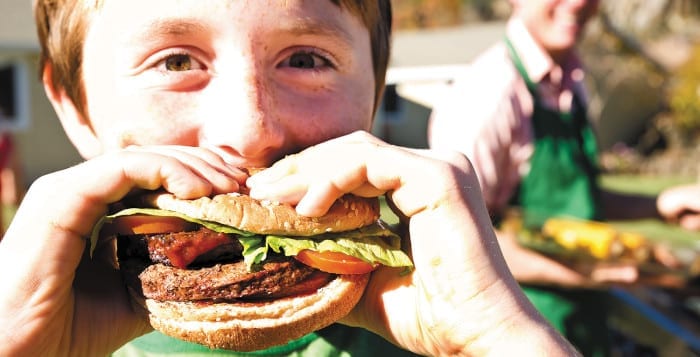The gorgeous weather last Sunday drew hundreds of people to the 26th annual Long Island Apple Festival in Setauket. The Sherwood-Jayne Farm on Old Post Road, which has its own apple orchard dating back over 100 years, was the perfect backdrop for the event. The festivities were hosted by the Society for the Preservation of Long Island Antiquities, Homestead Arts and the Three Village Historical Society.
Children enjoyed the festivities by taking a pony ride and hay ride, making an apple-themed craft, getting their faces painted and watching sheep get sheared. Many took part in potato sack races and good old-fashioned games like Red Light Green Light and bobbing for apples. Storytelling by the staff at Emma S. Clark Library was held throughout the day.
Jean Benner, a member of Homestead Arts, was at her usual spot helping the children make apple head dolls. “This has always been such a joyful time because it is three organizations working together with volunteers … I’ve always looked forward to the Apple Festival for that spirit of community,” she said. Volunteers included members of the Ward Melville Key Club and Art Honor Society, the East Setauket Fire Department and Seatuck Environmental Association.
The adults had fun too, enjoying traditional music by Home Grown String Band and Larry & Mary, sampling apple cider and apple fritters, touring the Sherwood-Jayne farmhouse and barn, visiting various vendors and taking a guided hike through the farm’s new nature trails.
The highlight of the day was the apple pie contest with a total of eight pies vying for the top prize. This year’s panel of judges included last year’s first place winner Kevin Henry. Top honors for best tasting pie went to James Goddard of Middle Island, followed by second-place winner Rosemary Ullrich of South Setauket and third-place winner Alyssa Turano of Setauket. The winner of the best looking pie, which was voted for by the festivalgoers, was Michelle Miller of Setauket.
The pies were then auctioned off one by one for between $25 and $50. Along with the pie, the winning bidders also received prizes including gift certificates to Theatre Three in Port Jefferson, CM Performing Arts Center in Oakdale and Bone Fish Grill in Lake Grove.
Bob Benner of Homestead Arts, who organized the games along with his son Sam and auctioned off the pies, summed it all up perfectly, “Beautiful weather, people had a really good time and that’s what we’re here for.”


